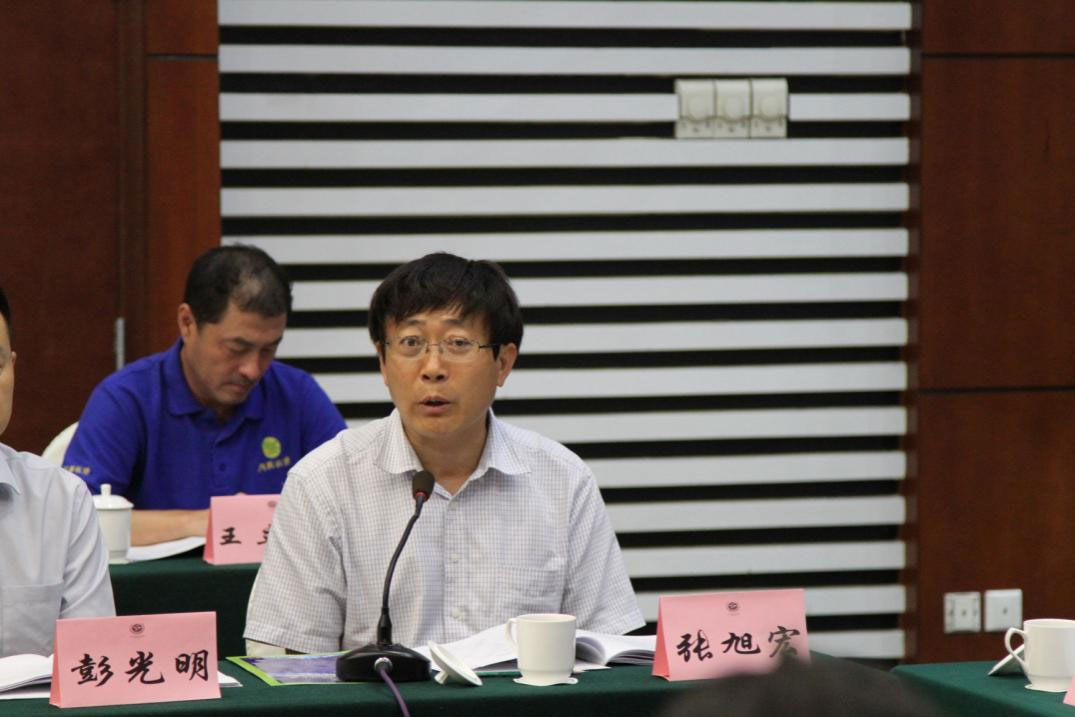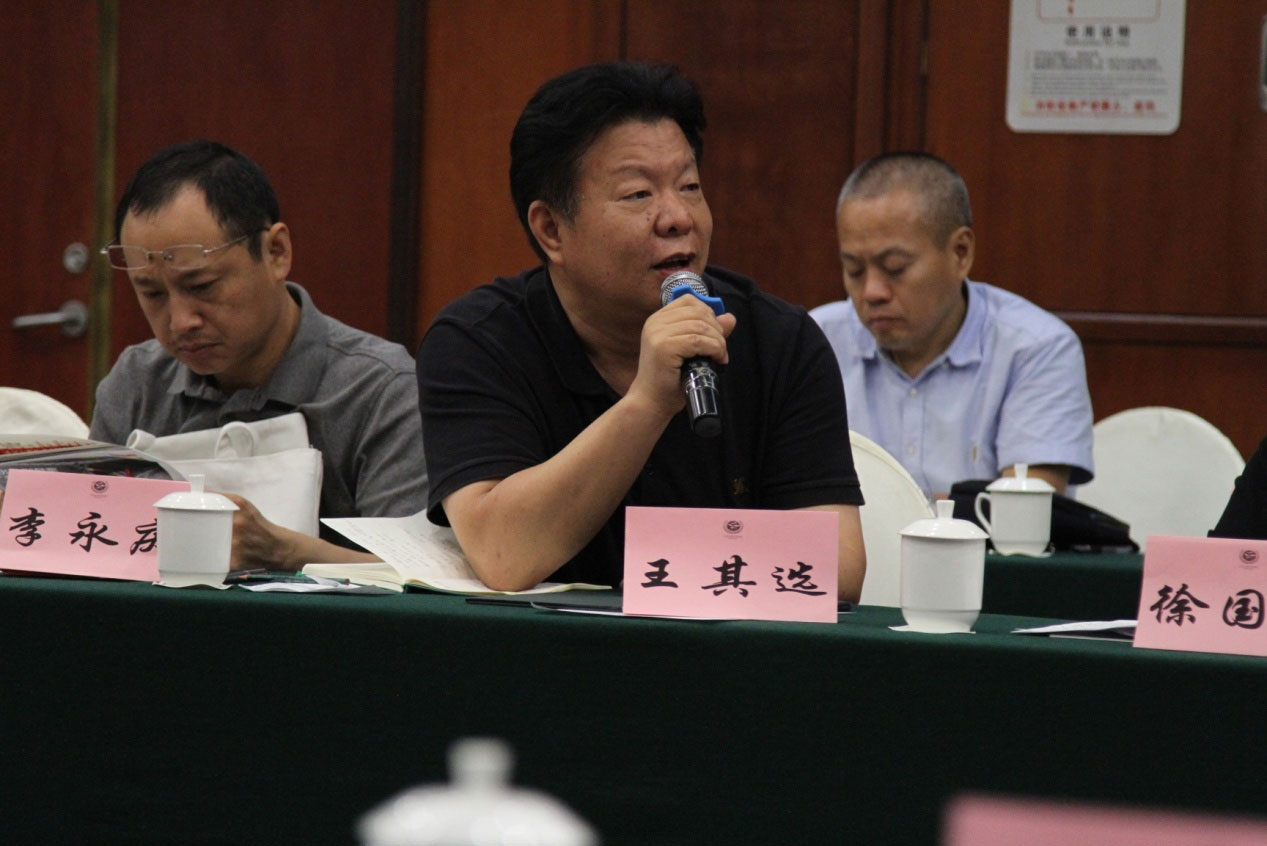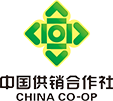On July 20th, the International Trade Committee of CACAC held its third plenary meeting in Urumqi, Xinjiang, summarizing the international and domestic fertilizer production and sales in the first half of the year, analyzing the impact and changes of the current international trade situation on the fertilizer market, and putting forward a number of opinions and suggestions on the work of CACAC in the next step. More than 60 people attended the meeting, including representatives of the Sixth Meeting of the Second Council of CACAC, representatives of the members of the International Trade Committee of CACAC, and representatives of the founders of the International Water Soluble Fertilizer Branch of CACAC. Xu Ying, secretary general of the International Trade Committee of CACAC and manager of the International Department of CNAMPGC Holding Limited Corporation, presided over the meeting.


Representatives fully affirmed the efforts and achievements of the International Trade Committee of CACAC made in reducing the export tariff policy for NPK compound fertilizer last year. Zhang Xuhong, director of the Committee and vice president of China National Agricultural Means Of Production Group Corporation, pointed out that China's fertilizer import and export trade has undergone tremendous changes in 2018. Since the export price of fertilizers is higher than international price, China has changed from a large fertilizer exporting country in the world to a country both importing and exporting fertilizer. Especially the export of urea has been greatly affected, and the nitrogen fertilizer has changed from being only exported to being both exported and imported.
Although the current domestic fertilizer price has risen, the profits of fertilizer production and circulation enterprises are still very small. It is hoped that under the new situation, member units can make good suggestions and opinions on the import and export of fertilizers, and through the efforts of CACAC and International Trade Committee, we can strive for more favorable policies for enterprises in off-season reserving, imports and exports.
In the discussion, representatives pointed out that in the first half of 2018, China's fertilizer exports decreased sharply, mainly in the area of urea. From January to May, China exported a total of 570,000 tons of urea, which has fallen sharply for three consecutive years. Low-cost goods in Hebei, Inner Mongolia and Shandong are mainly exported from Tianjin Port to countries with lower shipping distances such as South Korea, Japan and India. In addition, the carrying trade of urea exceeded 360,000 tons, mainly concentrated in Yantai Port; imports are more than 15 million tons, mainly concentrated in the port of Machong, which is increased compared with previous years. The situation of nitrogen fertilizers other than urea, especially ammonium sulfate, are better than urea in the first half of this year. The main reason is first the grain price is falling, the enthusiasm of farmers for fertilizer use is decreasing, and the purchase of fertilizer is more inclined to small varieties of fertilizer; second, the international price of ammonium sulfate is close to or better than domestic ones, and its international supply and demand situation is better than urea; third, the use of small varieties of compound fertilizer increased.

In the export of phosphate fertilizer and NP and NPK compound fertilizers, representatives said that thanks to the reduction of tariffs in recent years, the export volume and order volume of member units have increased. For the market prospects in the second half of the year, representatives believe that the slight depreciation of the RMB caused by the Sino-US trade war and the intensification of US sanctions against Iran promote the export of fertilizers in China to some degree. The third quarter may become the key period for export this year. After the start of winter fertilizer preparation in the fourth quarter, there will be some business opportunities in the import trade.
For the future work of the International Trade Committee of the CACAC, representatives also made some suggestions: First, Southeast Asian buyers are generally small in size, low in risk-taking ability, sensitive to the price of fertilizer imports, and have higher requirements for registration of fertilizer manufacturers. It is recommended that CACAC exert its influence and communicate with relevant departments of Southeast Asian countries to obtain a faster and more convenient channel for export. Second, the reduction of export tariffs on compound fertilizers has obvious effect on exports to Southeast Asia. In order to better the Southeast Asian compound fertilizer market, it is recommended that CACAC continue to seek to eliminate the export tariffs on compound fertilizers and seek policy support for domestic enterprises to invest and build factories in ASEAN countries. Third, CACAC should strengthen information services, information sharing and experience exchange among member units, play the role as an international cooperation platform, form a joint force to enhance the international competitiveness of member companies.

 Member rights and interests
Member rights and interests




